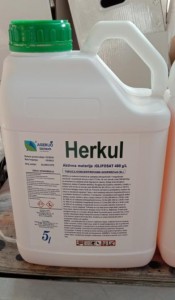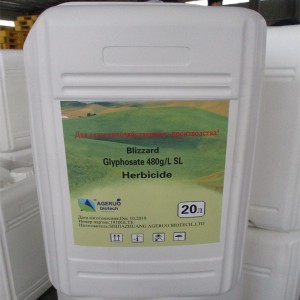Do you know the difference between Glyphosate and Glufosinate?
1: Weeding effect is different
Glyphosate generally takes about 7 days to take effect; while glufosinate basically takes 3 days to see the effect
2: The types and scope of weeding are different
Glyphosate can kill more than 160 weeds, but the effect of using it to remove malignant weeds for many years is not ideal. In addition, it should be noted that glyphosate cannot be used in crops with shallow roots or exposed roots such as coriander, pepper, grapes, papaya, etc.
Glufosinate-ammonium has a wider range of removal, especially for those malignant weeds that are resistant to glyphosate. It is the nemesis of grass and broadleaf weeds. It also has a wider range of use and can be used for almost all wide-planted fruit trees, row crops, vegetables, and even non-arable land weeds can be controlled
3: Different safety performance
Glyphosate is a biocidal herbicide. Improper use will bring safety hazards to crops, especially when it is used to control weeds in fields or orchards, it is most likely to cause drift damage, and it still has a certain destructive effect on the root system. So it takes 7 days to sow or transplant after using glyphosate.
Glufosinate-ammonium is low in toxicity, has no effect on soil, root system and subsequent crops, and has a long duration of validity, is not easy to drift, and is safe for crops, so it can be sown and transplanted 2-3 days after using glufosinate-ammonium

